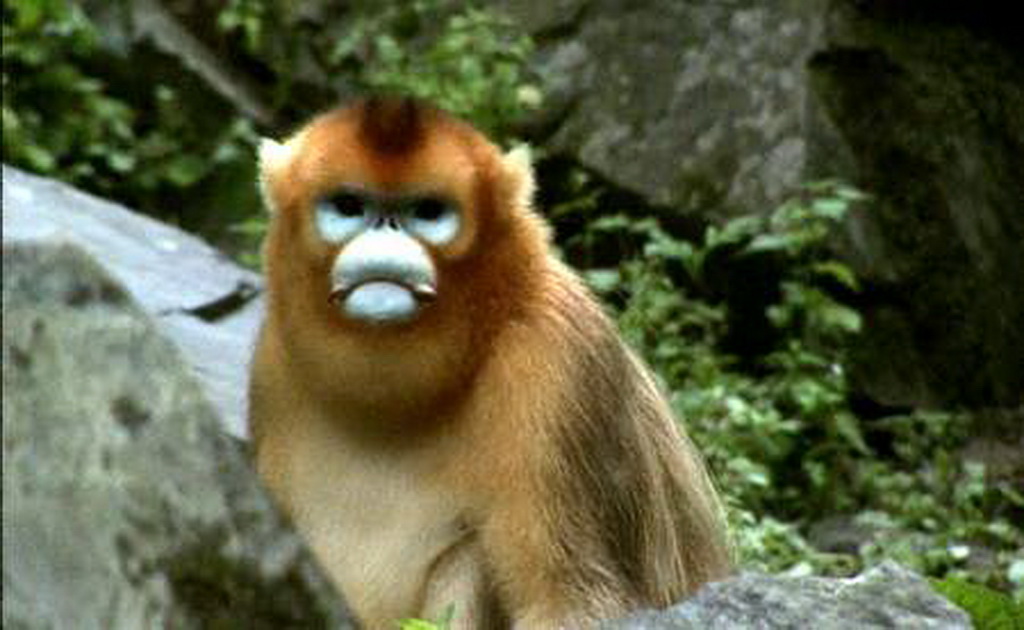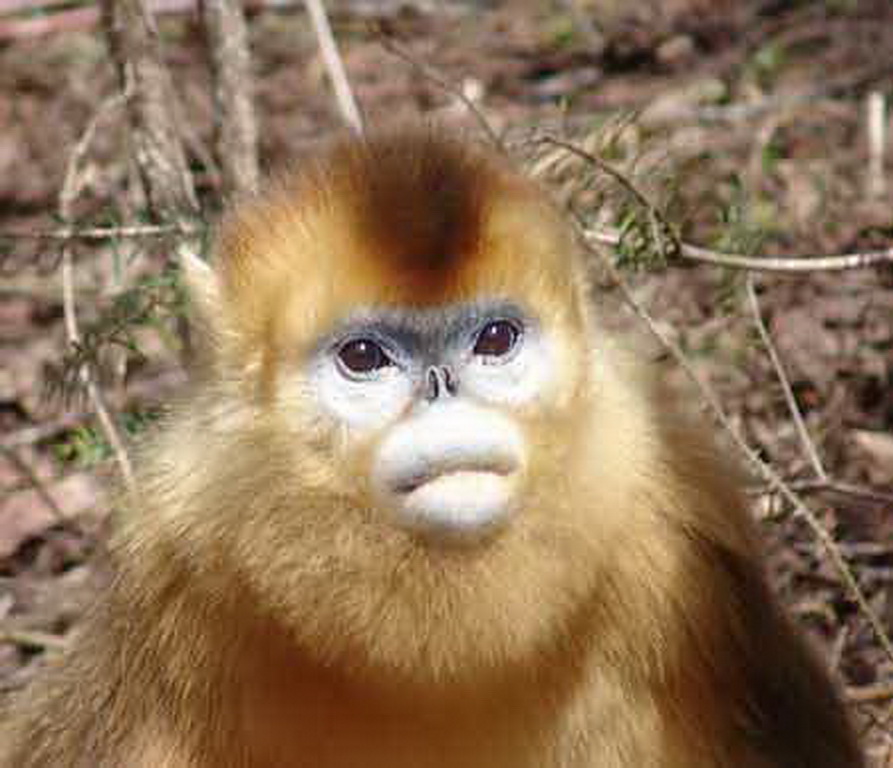search for a Trip
Baihe Nature Reserve, built in 1963, covers an area of 16,000 hectares adjacent to the Jiuzhaigou Valley and the Huanglong(Yellow Dragon) Scenic Area, which had been included on the list of world natural heritage spots by the United Nations Education, Science and Culture Organization (UNESCO).
It is the home to 46 kinds of rare animal species including the giant panda and Sichuan Golden Monkeys. The Reserve also possesses abundant resources of other rare animals and plants, virgin forest, snow mountains, lakes, rivers and waterfalls.
It is adjacent to the Zharugou project and will follow the same principles for developing Eco-tourism in the Zharugou area include limiting tourists to the area, limiting road construction and other impacts on the environment, increasing the participation of local communities, and providing educational opportunities for visitors to learn about nature.
The Sichuan Golden Monkeys
According to recent surveys, China currently has only 10,000‐15,000 Sichuan golden monkeys living in wild. Among the three different species of monkeys in China, only the Sichuan monkey has golden yellow hair, and it also has the best chances for survival.
Also known as the golden snub‐nosed monkey, the Sichuan Golden Monkey has beautiful reddish‐gold hair and bluish face with a small upturned snub nose and lappets at the side of its mouth.
They inhabits high mountainous forests, reaching elevations of around 3000 meters, but they may descend to lower altitudes in winter. They live in temperate broadleaved and coniferous forests.
They feed on fruit, tender branches, sprouts and leaves. As forests have been cut down, their population is declining. As one of the first classed protected animals, they are protected by the Chinese government.


Golden Monkey in Baihe
Baihe Nature Reserve covers an area of 163 km2. Survey shows that there are over 1500 to 1800 Sichuan golden monkeys and many giant pandas living in the Reserve.
Unique to China, the golden monkey, or Rhinopithecusroxellanae, is under top state protection in China.
This species is endemic to southwestern China along the Tibetan plateau. The largest populations occur in Baihe Nature Reserve.
More than 1,600 golden monkeys, a rare species under top state protection in China, have been found at the Baihe Nature Reserve. They live in an area covering five square kilometers at the center of the nature reserve. They are divided into four to six tribes. The nature reserve has set up two monkey protection centers, and another one is being built.
Related Tours:
China Attractions Guide
- Anhui Attractions
- Beijing Attractions
- Chongqing Attractions
- Fujian Attractions
- Gansu Attractions
- Guangdong Attractions
- Guangxi Attractions
- Guizhou Attractions
- Hainan Attractions
- Henan Attractions
- Hongkong Attractions
- Hubei Attractions
- Hunan Attractions
- Inner Mongolia Attractions
- Jiangsu Attractions
- Jiangxi Attractions
- Manchuria Attractions
- Ningxia Attractions
- Qinghai Attractions
- Shaanxi Attractions


